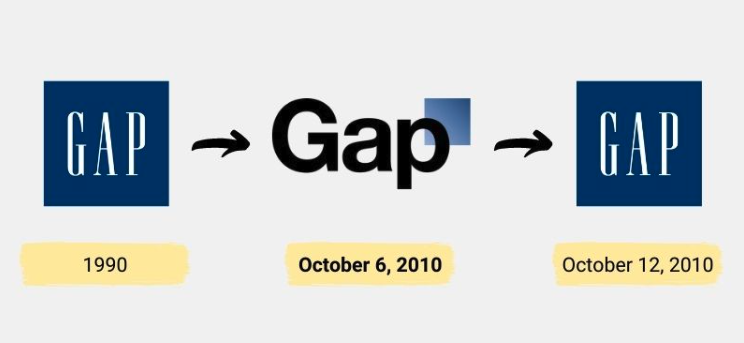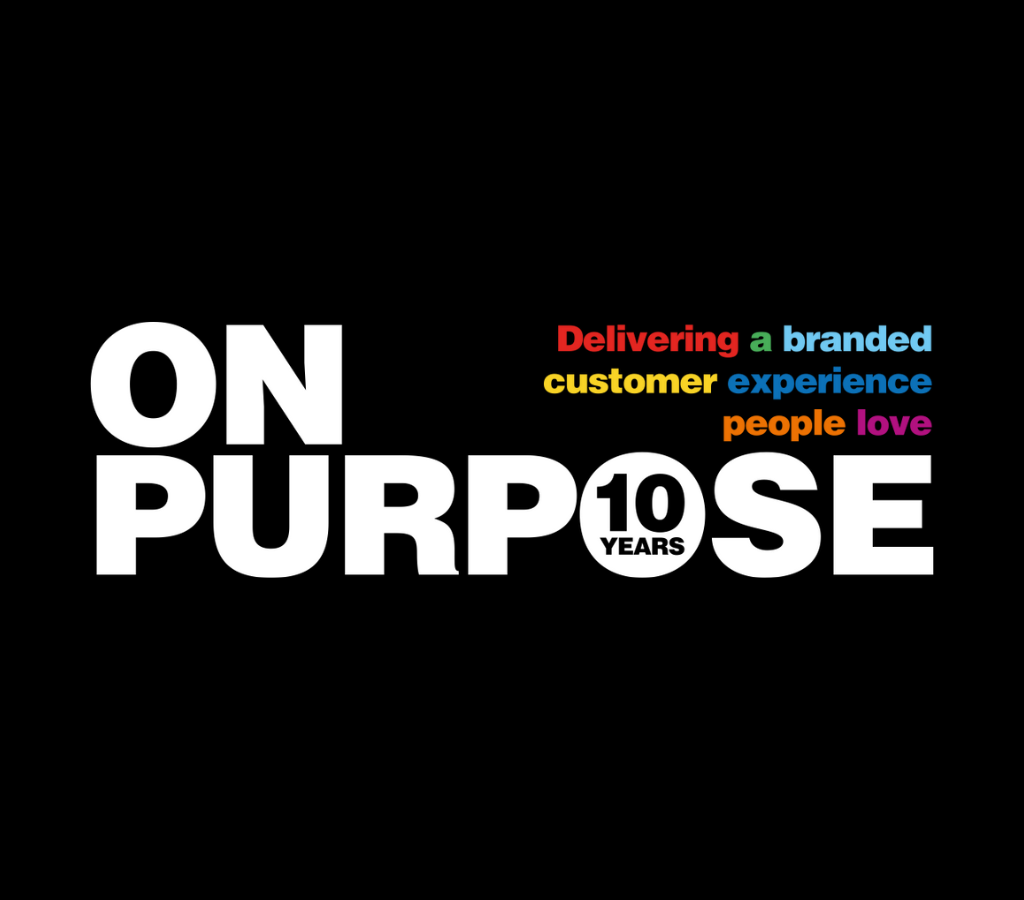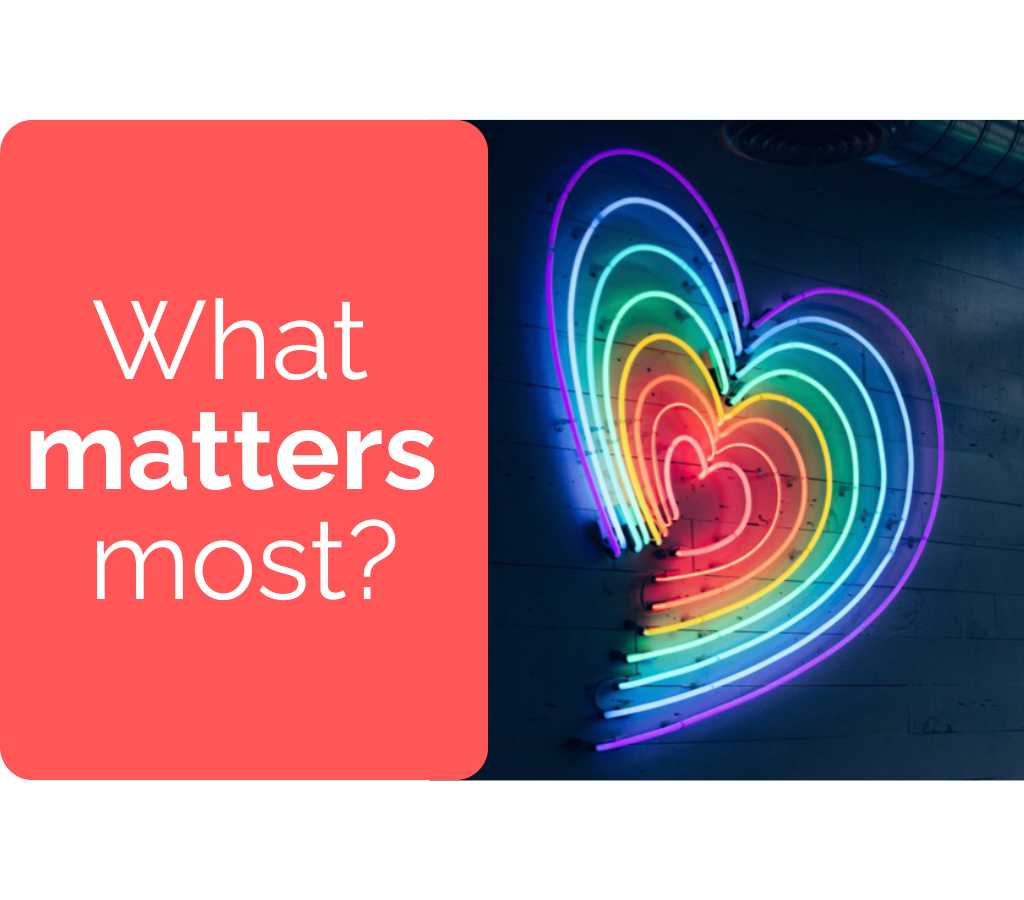Brands are often credited with powers they simply don’t have. Chief among them is the idea that, a strong brand (or strong advertising) could mask the deficiencies of a bad business, acting as a sticking plaster to ‘apply’ and cover up myriad ills. No more. With social media creating a plethora of public forums for employees and customers to share their views and experiences, the ‘sticking plaster’ has been well and truly ripped off.
When customer or employee views are favourable – a positive rating on Amazon or Glassdoor, influencers promoting products, winning against competitors on price comparison sites – businesses reap the rewards. In the same way, a bad business, one that is failing to provide its customers and people value, has nowhere to hide. Today we judge brands not by how they promote themselves but by the entire experience they deliver.
When the insides don’t match the outside
In this world where brands are so exposed, a nice logo and packaging simply won’t cut it. This is often why an ill-advised brand identity change can backfire so dramatically, even for iconic brands. Remember Gap’s logo change and subsequent embarrassing U-turn back in 2010? Customers smelt a rat. They sensed superficial smoke and mirrors trying to disguise the fact the business was fresh out of ideas and losing relevance. Similarly, good brands can’t hide poor internal cultures. The example of Uber shows that being initially loved by your customers counts for very little if the regulator is suspicious of what’s going on behind the scenes and has the power to revoke your license. Even Amazon isn’t immune to backlash when the reason behind the brand’s reputation for efficiency is exposed. Customers can’t ignore front-page news about horrific working conditions, with workers recently claiming their toilet breaks are timed. Using your brand to cover up a bad business not only doesn’t work, it’s often counterproductive.

The reverse is true – a good business can strengthen a weak brand
Instead, what does work is to use a good business to fix a bad (or failing) brand. The brand can then amplify and accelerate growth. The automotive sector is full of great examples of this. Back in 2000 when Skoda became a wholly owned subsidiary of the Volkswagen (VW) Group, the Skoda brand was in dire straits. The exportation of cheap cars across Europe throughout the 1980s meant Skodas were seen as poor quality, old-fashioned, unreliable, and slow. In the UK, they were something of a national joke.
VW however, saw the potential. It recognised the opportunity presented by a brand in the portfolio that could compete in the value segment and extend its reach across Central and Eastern Europe. The challenge was how to fulfil this ambition without tarnishing the brand’s up-scale image. VW decided to focus on using its expertise to directly address the product and manufacturing issues while exploiting Skoda’s reputation for affordability. Within just a few years (nothing in automotive terms) Skoda went from a national joke to the choice of the well-informed and price-savvy. Thanks to its renewal through great business strategy and execution, the Skoda brand now stood for a fair deal with reliable engineering and design.
Key to VW’s success is that it only lightly endorsed the Skoda brand to begin with, mitigating any potential risk. Rather than shout about its new ownership or start by giving the brand a cosmetic face-lift, VW quietly got on and fixed the fundamental systems and processes. Then, when the quality of the business output could speak for itself, it didn’t take long for customers to notice the improvements. A good business had provided a new context in which an established but underperforming brand could be reappraised.

Brand and business are inseparable
A brand is not separate or distinct from the business it serves. They are integral to each other. Attempts to use brand identity as a way of hoodwinking customers into a poor purchase or shielding potential talent from broken cultures are at best unsustainable and most likely, deeply damaging. In better news, if you are a good business and that halo effect can apply to an underperforming brand, there is a real opportunity to accelerate growth and create new value. In business as in life, a clear vision of success and focused action to get there is far more effective than publicising your intentions before the work has begun. When the results are revealed, this quiet, considered approach makes far more noise.
To learn more about this topic and other misconceptions, the Myths of Branding book by The Caffeine Partnership’s Andy Milligan and Simon Bailey is available for purchase here.




